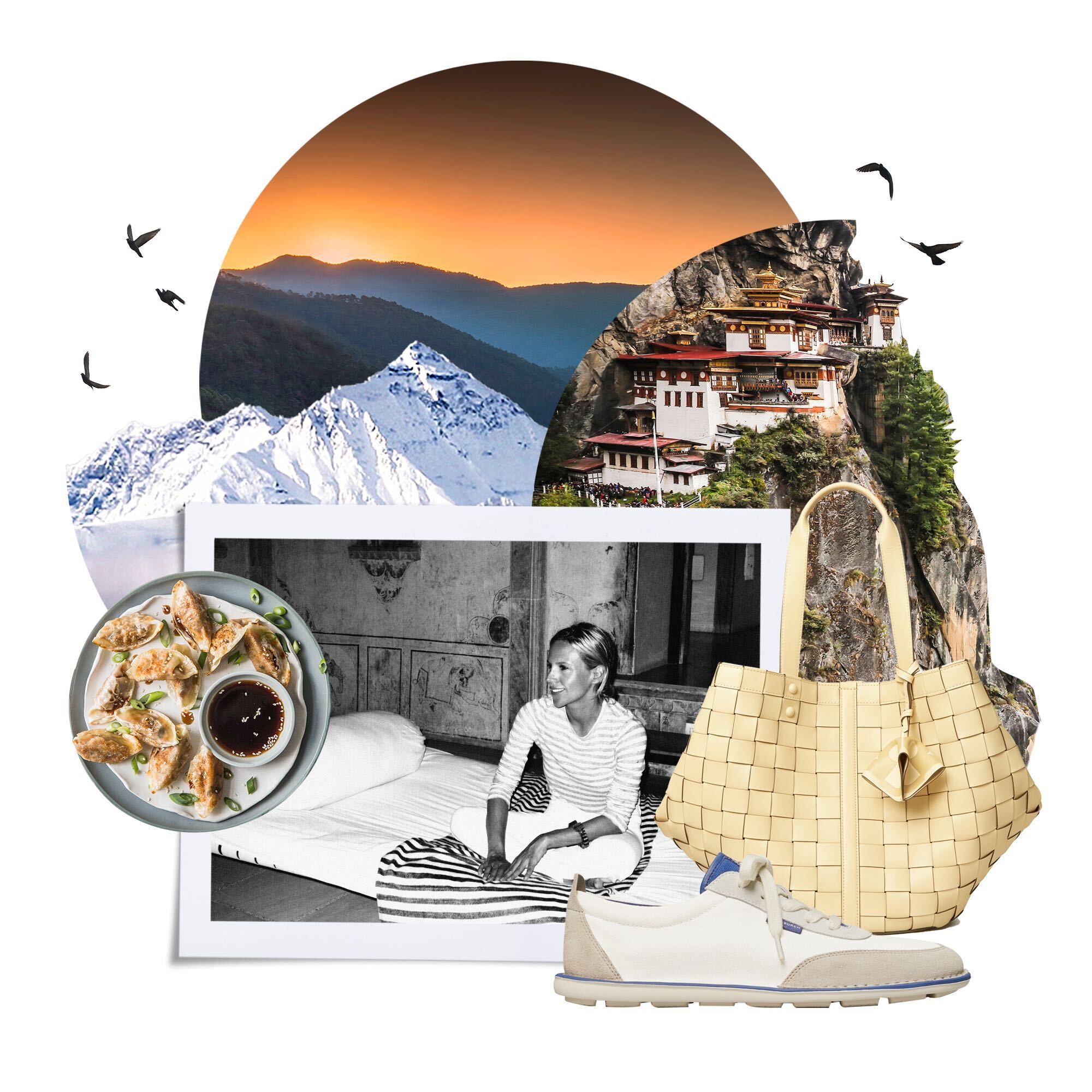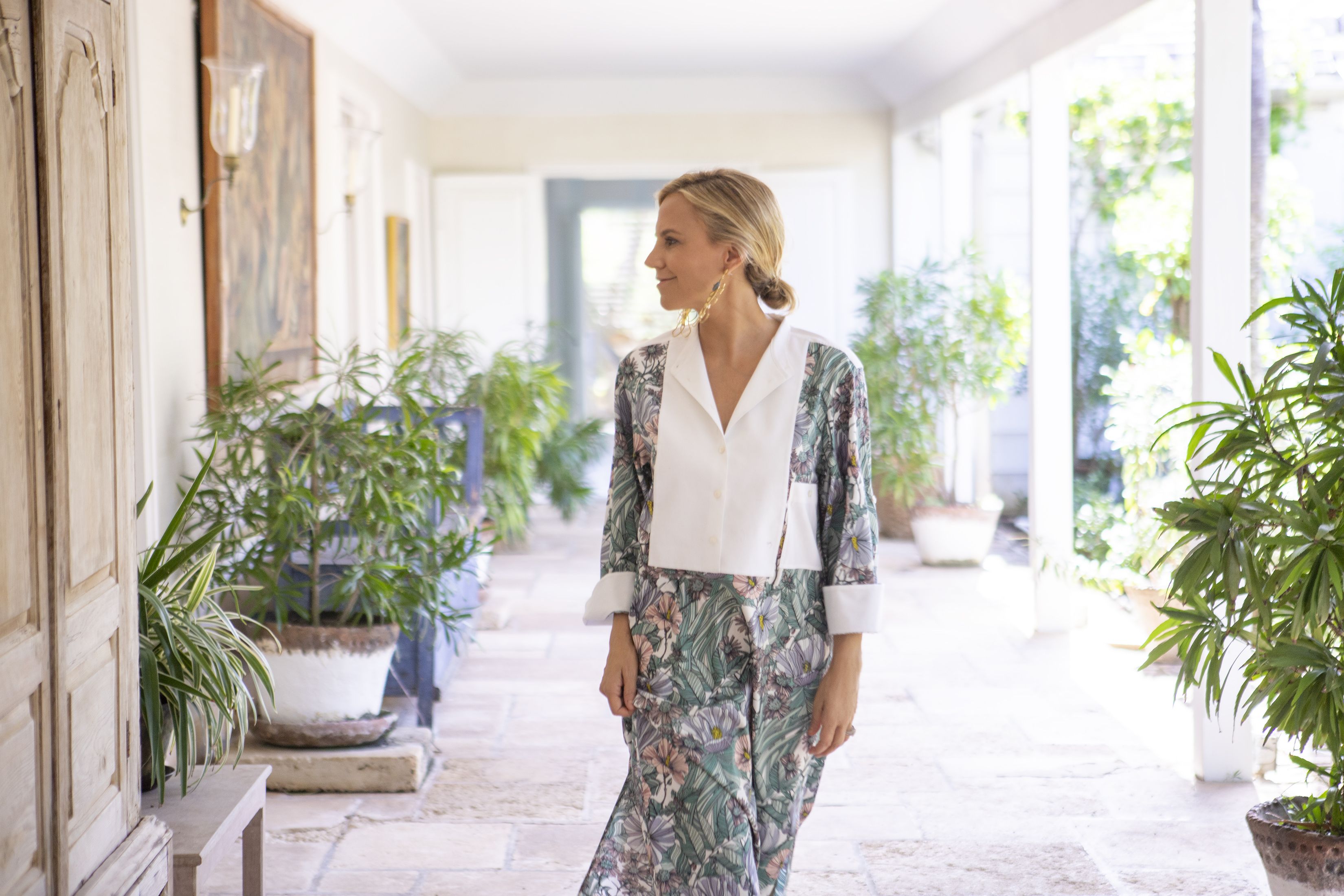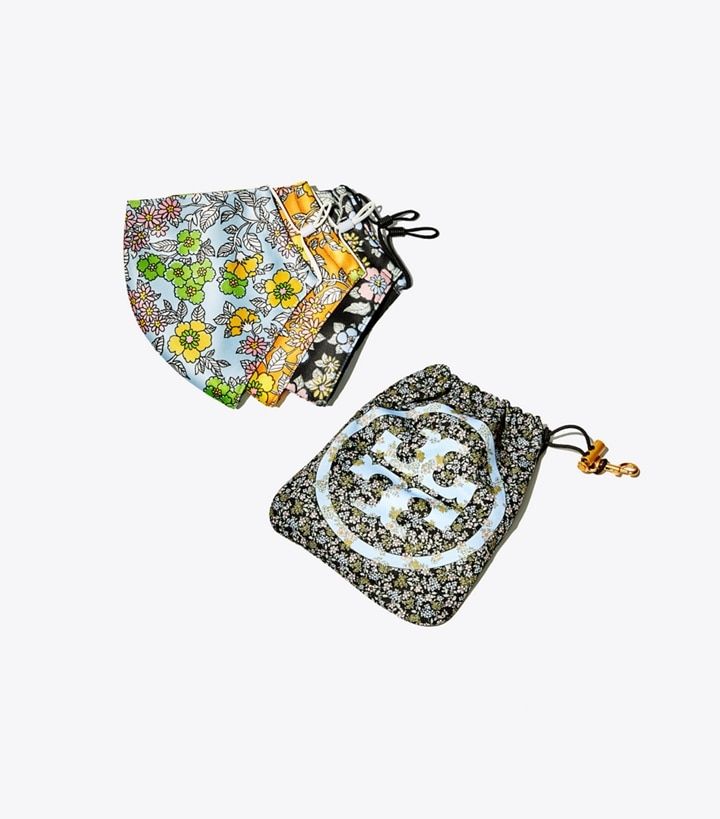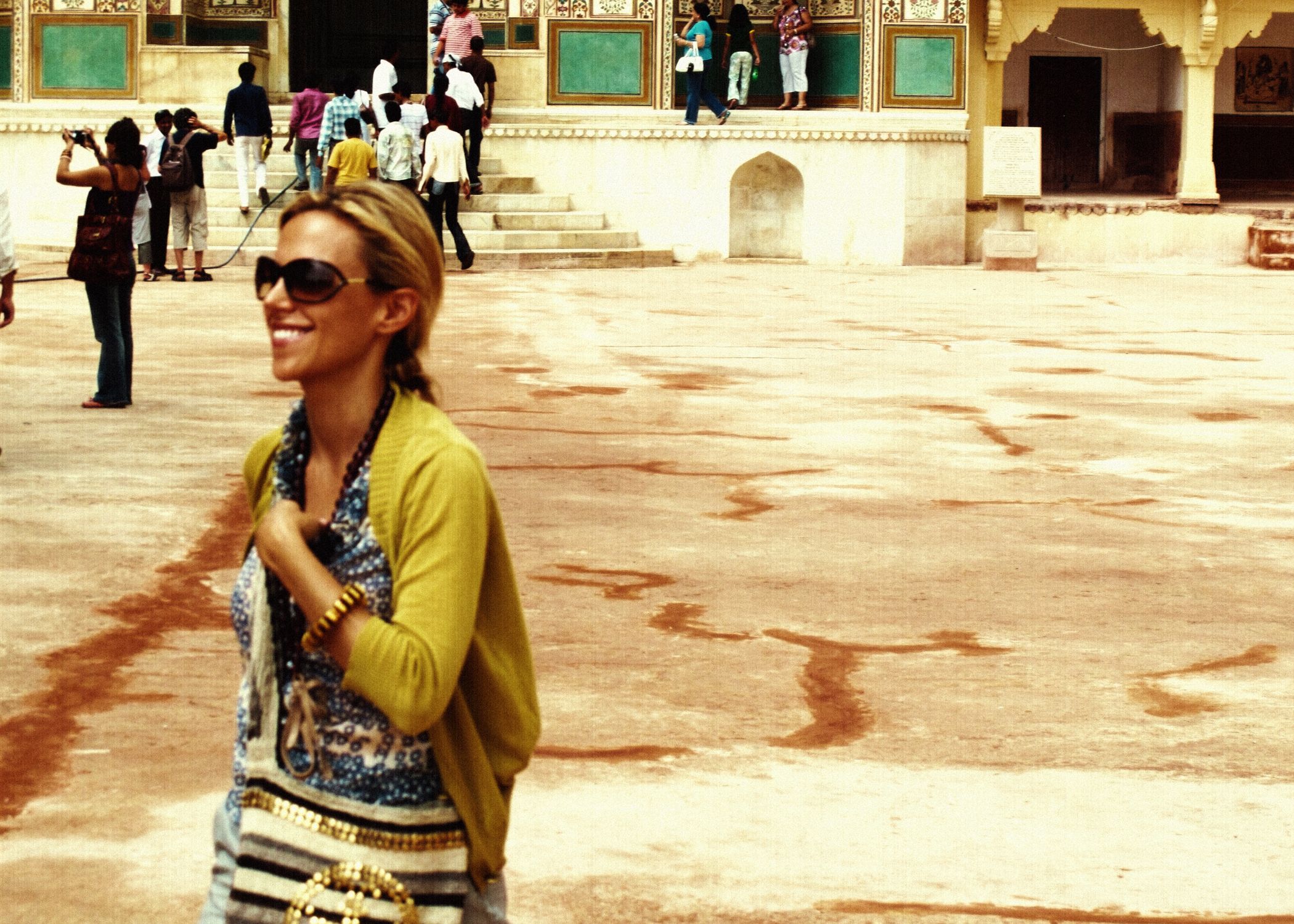In BAZAAR’s new travel series, The Wanderlust, we tap the world’s top designers, artists, and cultural icons for all the details on the trips they’ve been placed on their bucket list during the last year of quarantine and social isolation.
When asked where she’d like to travel, designer Tory Burch dreams of Bhutan. A special place best known for its spirituality, intrepid outdoor activities, and the Tiger’s Nest, a sacred Buddhist site located in the cliffs of the upper Paro valley.
According to luxury trip planner and BAZAAR contributor Black Tomato, Bhutan opened its doors to tourist in 1974, and is best enjoyed between March to May and September to December, due to its summer rain season. As for COVID restrictions, the country now requires travelers to have a business or student visa for entry and observe a two-week quarantine upon arrival; come high season in September, Bhutan plans to have all its residents fully vaccinated due to their efforts to quell the spread of the virus nationwide. Note: The country currently requires all those who are visiting for leisure to arrange their trips with registered tour operators. Ahead, Burch shares her dream itinerary including where she’ll stay in Bhutan and all the activities she has planned.
Where I’ll Go
It’s been over a year and I miss everything (of course most of all, my family), but Bhutan is definitely on my list. I have wanted to do a trek there for years. It is still so untouched, both culturally and environmentally, and it focuses on that continued preservation. Everything about it has mythic proportions, from the people—known as some of the happiest on Earth—to the Himalayas and how the Bhutanese refer to their homeland as the “Land of the Thunder Dragon”.
When I go away, I like to be active and outdoors. I love history and learning about other cultures. Bhutan has always been a bit of a mystery because it was relatively closed off for so long. I would [ideally] travel [there] with my husband and our six boys and three stepdaughters, but I’m not sure we would all be able to go at the same time.
As for how long we’d stay, I don’t think you can go for less than two weeks. There is so much to do and see. On the flight into Bhutan, you can see Mount Everest and K2 out your window. That’s almost reason enough to go.
What I’ll Pack
My In-Flight Ritual
My ideal flight is one with no turbulence and a safe landing. Otherwise I’m not particularly high maintenance during the flight—but I do have my rituals. I always tie a red ribbon on my bags for good luck. If it’s a long trip, I pack a travel pillow. I bring my own snacks and food—ever since my first flight when I was young, plane food has not been a favorite delicacy.
Our Sete Woven Tote is the perfect carry-on. The unstructured design expands to fit everything: my iPad, EO lavender hand sanitizer, Chanel face moisturizer, a small pillow, a few of our face masks, and my friend Samantha Boardman’s new book, Everyday Vitality: Turning Stress into Strength.
Where I’ll Stay
Friends of ours are opening a bed and breakfast in Bhutan where there will be daily treks and hikes. There is also Gangtey Lodge and several Aman locations where you can trek during the day and stay at different lodges every night. The entire day is spent hiking and walking countryside roads or up through mountain paths.
What I’ll Do
I try everything anywhere [when I travel], especially local delicacies, within reason. I love curries, and Bhutan has its own take on them. Chilies are a big part of Bhutanese meals, so I’m looking forward to testing my tolerance for spicy food. As someone who is superstitious, I love the Bhutanese tradition of burning chilies to ward off evil spirits. A friend of mine who has visited Bhutan said to try butter tea, which is flavored with Himalayan salt and butter to keep warm. Another delicacy is Momo, a dumpling filled with either pork or cheese and eaten like snack.
People in my family know that if you can’t find me, search the nearest market. I don’t really buy anything “new.” I like finding unique old pieces, art, crafts, and pottery. Bhutan has a long history of weaving, dating back centuries. The artisans use cane and bamboo to make things for both everyday and cultural practices. There’s a practical or spiritual element behind every design, which is something I relate to from a design perspective. For instance, in traditional textiles, stripes are typically vertical for men and horizontal for women.
I definitely want to experience one of Bhutan’s sacred masked festivals, like Thimphu Tschechu; it’s all about incredible gatherings, folk dances, and deep traditions. And the iconic Tiger’s Nest monastery is on our list. Iconic because it is built into the mountain; it just appears as you are hiking.
If we have the time, I couldn’t miss visiting India on our way back. I have been dreaming to go back there, too. I traveled in the north, and I want to explore more of the south, especially Kerala. It is heartbreaking to see what is happening there right now, and we hope they have a strong recovery soon.
Source: Read Full Article









